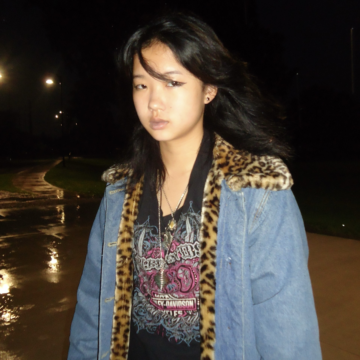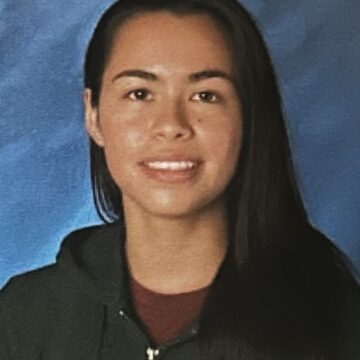
By CAllie
“These people are just confused,” Emily whispered to me as she stared out the car window at the gay couples walking down the rainbow streets of the Castro. I was utterly offended by her statement, but I replied calmly, “Let people be who they are.” Emily and I grew up in Texas together as inseparable friends. For twelve years that was our beautiful home, and we enjoyed every moment together. Last summer, Emily visited my new home of five years, San Francisco, for the first time. It felt like no time had passed. We still laughed until our faces turned tomato red. We still screamed our favorite Taylor Swift songs as if there was no tomorrow. Nothing could get in between the love we had for each other, even our vehemently opposing opinions.
Emily’s visit sparked a period of growth in which I improved respecting values of those with an opposite viewpoint. That challenge especially reflects the stagnant state of the current political climate in the United States. Extreme polarization is preventing collaboration that could resolve any issues. Even in my daily experiences, I notice the extreme dichotomy. My friends in California stereotype my friends in Texas. My friends in Texas stereotype my friends in California. During debates in history class or jokes during lunch, I observe that these toxic assumptions produce an atmosphere of mistrust. I find that abhorrence exhausting, especially considering that I experienced the beauty on both sides beneath the stereotypes. Disagreement between opposing perspectives is healthy in creating a functioning balance. However, when the fine line between argument and hatred blurs, resolution seems impossible.
So, I try to listen with an open mind, even when that feels extremely difficult. Sometimes, pure adrenaline rushes through my body, making me want to bang my hands on the table out of complete anger towards an opinion. I have learned, though, that suppressing my emotional side during a time of disagreement and instead responding with calmness gets my point across more effectively. When that irritation begins to overtake my ability to concentrate on another person’s outlook, I always try to draw from my experiences of living both in the South and in the West. People come from different backgrounds. They are surrounded by different cultures and experiences. I don’t necessarily have to find validity in everyone’s viewpoints to at least listen to their reasoning.
The more I remain nonjudgmental, the more my own beliefs develop and become nuanced. I have nothing to lose when I listen to my peers. I extract small pieces of their perspectives in order to enhance my own. If I completely disagree with their opinions, I use their counterargument to articulate a more potent version of my position. The value in telling my story is just as important as hearing another. I love group projects in school, where ideas and creativity flow between people. I adore the end of a cross country race when all the girls from different schools hug and laugh with one another. I cherish being on a soccer team, where the bond between my teammates and me is essential for achieving success. Appreciating uniqueness and connecting to different characters augments my own maturity and depth. I want to meet new people. I want to be challenged by new ideas. I want to experience new places. Despite our differences, Emily and I have a healthy relationship in which we are able to learn from one another; the acknowledgement of our individual value allows us to avoid bitterness. I strive to continue improving my ability to be comfortable with disagreement in order to learn more from my peers. I may not always send up agreeing with Emily, or other people I care about, but I should at least try to understand a different perspective. Only then can I create a bridge that connects two different ideas, allowing for a more harmonious world.
Admissions Committee Comments
Through her writing, Callie allows the admissions committee to better understand her approach to learning new perspectives. This essay highlights her personality and values and helps us imagine how she will collaborate with others throughout different spaces on campus in a diverse student body. By broadening her initial anecdote and having the majority of the essay focus on her reflections and takeaways, we were able to spend even more time learning about Callie.





